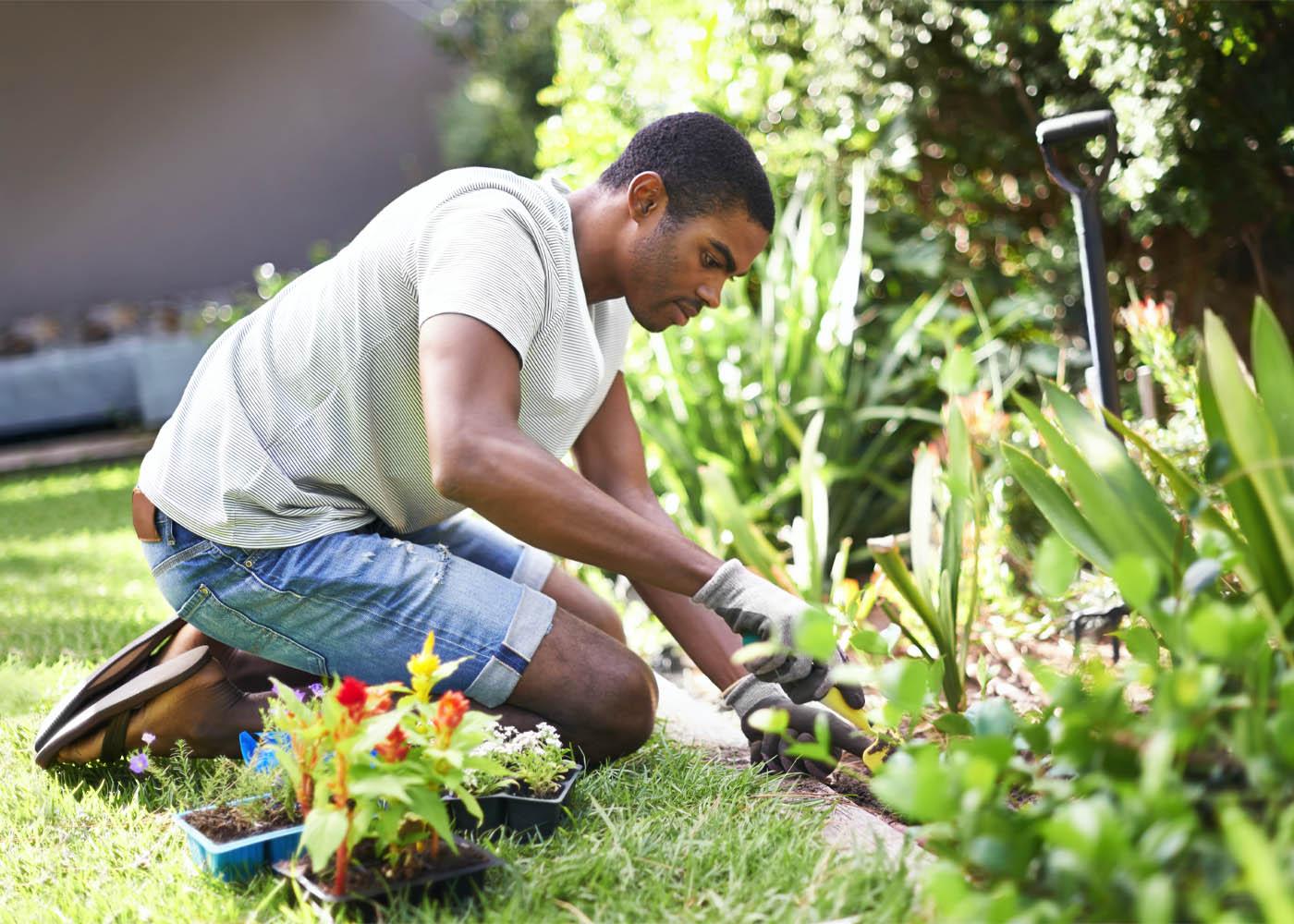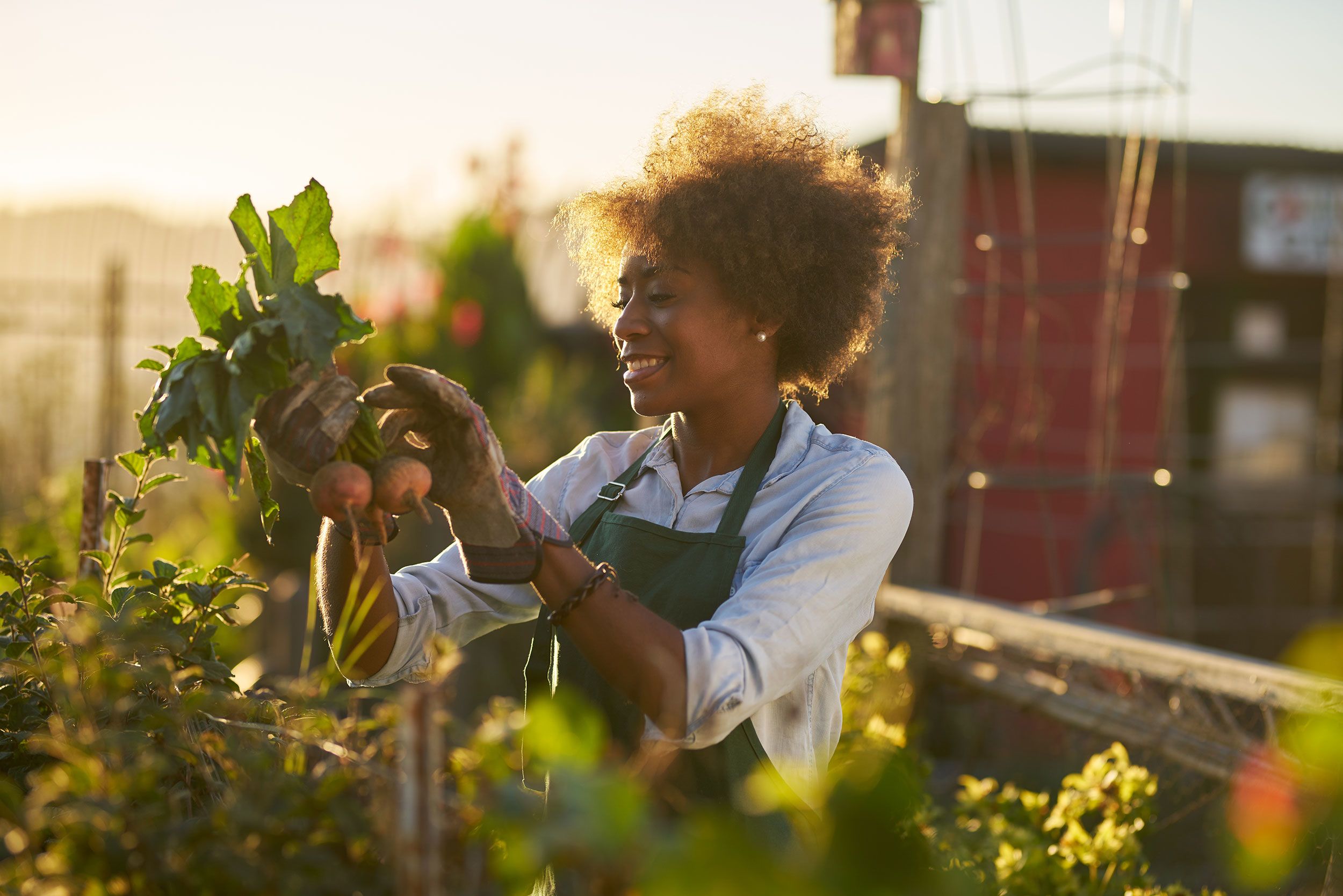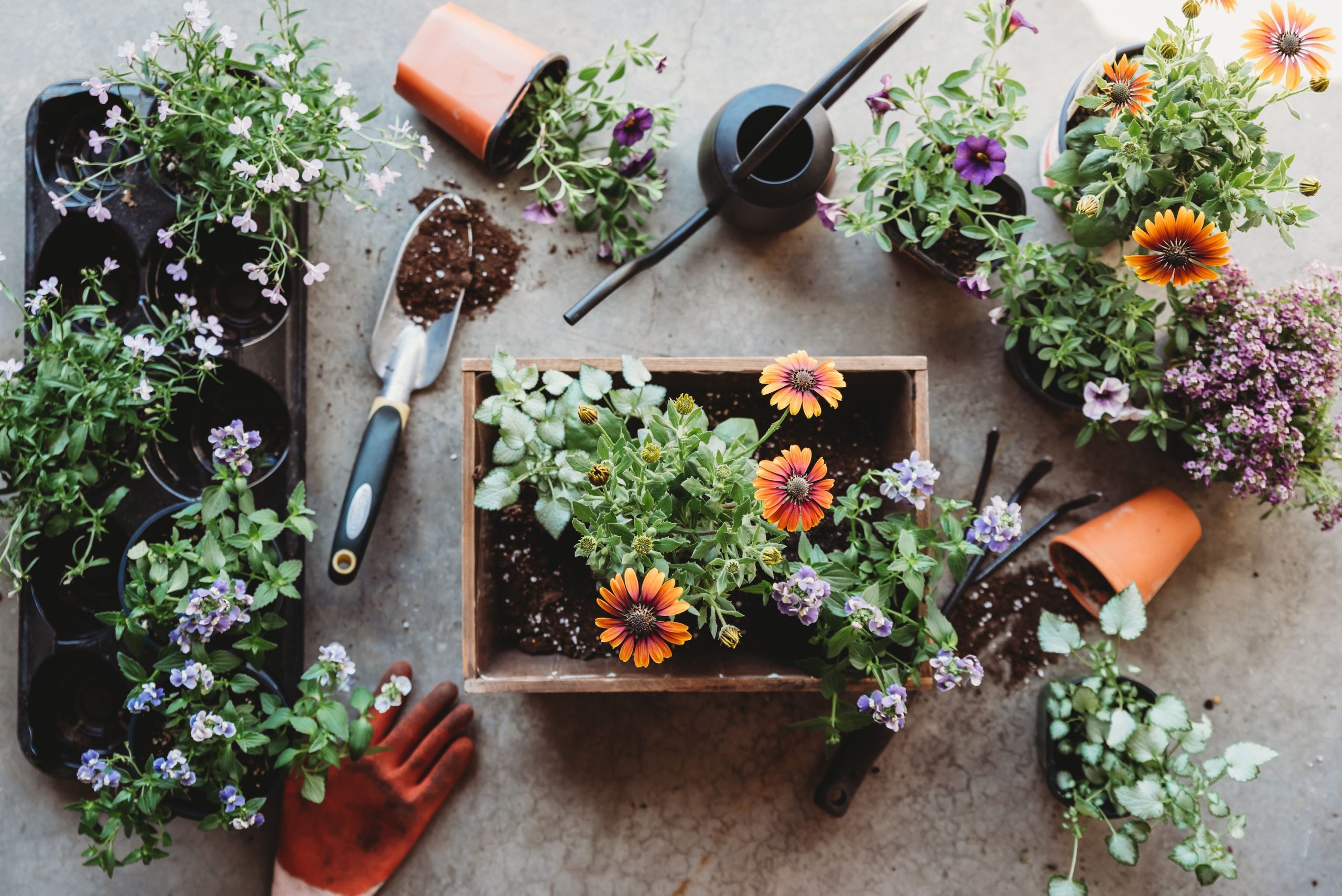Title: Container Gardening: Creating Stunning Displays in Small Spaces
Container gardening offers a creative and versatile way to bring the beauty of plants into small spaces, such as balconies, patios, and urban gardens. Whether you’re a seasoned gardener or a novice with limited outdoor space, container gardening allows you to cultivate a variety of plants, flowers, herbs, and even vegetables in pots, planters, and containers of all shapes and sizes. With a bit of planning and creativity, you can create stunning displays and transform even the smallest outdoor areas into vibrant and inviting garden sanctuaries. Here are some tips for creating stunning displays through container gardening:
1. **Choose the Right Containers**: Select containers that suit your space, style, and the types of plants you wish to grow. Consider factors such as size, material, drainage, and aesthetics when choosing containers. Opt for containers with drainage holes to prevent waterlogging and choose lightweight materials such as plastic, fiberglass, or resin for easy portability.
2. **Select the Right Plants**: Choose plants that thrive in containers and are suitable for your climate, sunlight exposure, and available space. Select a mix of plants with varying heights, colors, textures, and growth habits to create visual interest and balance. Consider factors such as sunlight requirements, water needs, and mature size when selecting plants for your container garden.
3. **Use High-Quality Potting Mix**: Invest in a high-quality potting mix that provides good drainage, aeration, and nutrients for your container plants. Avoid using garden soil, which can become compacted and may not provide adequate drainage in containers. Look for potting mixes specifically formulated for container gardening, and consider adding slow-release fertilizers or organic amendments to promote healthy plant growth.
4. **Arrange Plants Thoughtfully**: Arrange your plants in containers thoughtfully, considering their growth habits, spacing requirements, and visual appeal. Place taller plants toward the center or back of containers, with trailing or low-growing plants around the edges to create a balanced and cohesive display. Experiment with different combinations and arrangements until you find a layout that works well for your space.
5. **Add Vertical Interest**: Incorporate vertical elements such as trellises, stakes, or hanging baskets to maximize space and add visual interest to your container garden. Train climbing plants such as ivy, jasmine, or clematis to climb up trellises or stakes, or hang trailing plants such as ferns, succulents, or trailing vines from hanging baskets or wall-mounted planters.
6. **Choose Seasonal and Evergreen Plants**: Select a mix of seasonal and evergreen plants to ensure year-round interest and color in your container garden. Choose seasonal flowers, herbs, or vegetables that bloom or produce foliage at different times of the year to keep your garden looking vibrant and dynamic. Incorporate evergreen plants such as ornamental grasses, shrubs, or foliage plants to provide structure and texture year-round.
7. **Water and Fertilize Regularly**: Keep your container plants well-watered and fertilized to promote healthy growth and blooming. Water container plants regularly, especially during hot weather or periods of drought, and adjust watering frequency based on weather conditions and plant needs. Fertilize container plants periodically with a balanced fertilizer to provide essential nutrients for growth and flowering.
8. **Provide Adequate Sunlight**: Place your container garden in a location that receives adequate sunlight for the types of plants you’re growing. Most flowering plants, herbs, and vegetables require at least 6-8 hours of direct sunlight per day to thrive. Consider the orientation of your outdoor space and the availability of sunlight throughout the day when positioning your containers.
9. **Maintain and Prune Regularly**: Keep your container garden looking its best by maintaining and pruning plants regularly. Remove spent flowers, dead or yellowing foliage, and weeds to promote airflow, prevent disease, and encourage new growth. Prune plants as needed to control size, shape, and density and to remove any damaged or diseased growth.
10. **Accessorize and Personalize**: Enhance the beauty and charm of your container garden by accessorizing with decorative elements such as garden ornaments, stakes, or plant markers. Personalize your container garden with decorative pots, plant labels, or whimsical accents that reflect your personality and style. Get creative and have fun with your container garden, and let your imagination be your guide.
With these tips and ideas, you can create stunning displays and transform small outdoor spaces into beautiful and inviting garden retreats through container gardening. Whether you’re looking to add color, fragrance, or edible delights to your outdoor oasis, container gardening offers endless possibilities for creativity, enjoyment, and connection with nature. Start small, experiment with different plants and arrangements, and watch your container garden thrive and flourish in even the smallest of spaces.



